This article was originally published on Benzinga and appears here with permission.
Amanita Muscaria is an understudied species of psychoactive mushroom that’s as commonplace as it is misunderstood.
The iconic red-capped, white-dotted toadstool represents the archetypal idea of a mushroom in most people’s minds, yet few are aware of its therapeutic potential as a psychoactive fungus.
“We know it's often associated with stress reduction, with pain reduction, with longevity. There's lots of anecdotal evidence of its value in particularly the native peoples living in the northern parts of Asia,” says Professor David Nutt, a world-leading neuropsychopharmacologist with extensive experience researching psychoactive substances.
As public, scientific and financial interest in psychoactive mushrooms gains momentum, Amanita Muscaria is catching the eye of investors in the psychedelics sector.
As opposed to psilocybin mushrooms – the centerpiece of the psychedelic mushroom movement, Amanita Muscaria offers one special differentiator: It’s not a controlled substance in most countries, including the U.S.
Its psychedelic properties, however, appear to be of a very different nature.
Amanita Muscaria: Hiding In Plain Sight
Jeffrey Stevens, CEO of Psyched Wellness, says that there’s a number of therapeutic applications of Amanita Muscaria that have not been explored by modern medicine.
His company began focusing on Amanita Muscaria after seeing anecdotal evidence of its soothing and relaxing effects.
Today, Psyched Wellness is exploring two distinct routes with the mushroom. One involves the commercialization of a natural extract to be sold as a wellness supplement. The other looks at possible pharmaceutical applications of muscimol, the mushroom’s main active component, in psychiatry and other medical fields.
Stevens calls A. Muscaria “the most recognized mushroom in the world,” and he may have a point. The red and white mushroom has appeared in countless works of culture and art throughout history; it even represents the mushroom emoji in most mobile devices today.
A strong presence in the collective imaginary of humanity is a guaranteed differentiator at the time of entering a competitive wellness market. Preliminary research shows that, depending on the dosage, this mushroom can be sold as a functional mushroom (just like Chaga, Cordyceps and Lion’s Mane) or, in high doses, become the catalyst for FDA-approved drugs.
“I think the areas that are most likely to be beneficial are going to be pain and also anxiety and depression,” says Professor Nutt. However, he adds, there is expectation of being able to use muscimol in the treatment of epilepsy and Parkinson’s disease.
This is why Psyched Wellness has developed a proprietary extraction method for muscimol and is currently working on preclinical trials to assess possible antioxidant and anti-inflammatory effects.
Amanita Muscaria As A Dietary Supplement Product
“Amanita Muscaria has never been considered a scheduled drug, so we're going the food supplement route with it,” says Stevens.
Psyched Wellness is currently developing a line of tinctures that use muscimol as an active ingredient, to be sold in the health and wellness space as a dietary supplement.
“Because it’s legal, we have a key advantage. There's no restrictions in acquiring the product to do the testing, there's no restrictions with importing it. And, when we complete our studies, if we find what we hope to find, the path to market is much quicker, because we don't have to then change legislation,” adds Stevens.
Essentially, the company plans to market products containing muscimol as a natural medicine, offering “a similar effect to what melatonin would have for people, to allow them to experience a soothing and relaxing experience.”
Professor Nutt, who’s part of Psyched Wellness’ scientific advisory board, continues, “this is basically sort of modeling what the traditional historic use of Amanita has been.
“It's about people using it as a tea to give them stress resilience and strength and comfort and pain relief. It's been widely used for centuries as that kind of wellbeing agent,” Nutt adds.
As a tincture, A. Muscaria has been used for female menopause and bladder and intestinal cramps, with anecdotal evidence suggesting efficacy, says Dr. Ivan Casselman, chief psychedelic officer at another psychedelics company, Havn Life.
“It can be used for sore throats and arthritis. Tinctures relieve sciatica and other pain, including joint pain and swollen lymph nodes. Tinctures are also applied to external infections: nail fungus, also skin conditions found in Lyme disease,” adds Casselman.
Psyched Wellness expects to begin marketing its muscimol products in the first half of 2022.
Is Amanita Muscaria A Psychedelic?
When most people speak of “magic” mushrooms, they usually refer to those of the Psilocybe genus. These species produce psilocybin, a very powerful psychedelic compound with a similar chemical structure to LSD, mescaline and DMT, all of which interact with a specific serotonin receptor in the human brain.
Amanita Muscaria mushrooms fall into a different category from that of “classic psychedelics,” since muscimol, its main active component, interacts with GABAa receptors.
“It doesn't have the same psychedelic actions as psilocybin mushrooms. But that doesn't mean it doesn't have value,” says Professor Nutt, who began researching muscimol and its incidence in GABA receptors over four decades ago.
“We know muscimol is a completely unique molecule if we want to look at the therapeutic value of the GABA system,” he says.
Professor Nutt’s initial research on muscimol and the GABA receptors came to a standstill in the early days because science didn’t yet have a full understanding of how the GABA system worked. However, developments during the last few decades may have opened new opportunities for understanding how this compound affects the human brain.
“We're not entirely clear whether the psychedelic effects [of A. Muscaria] are due to the muscimol,” says Nutt.
According to the scientist, those may be due to other components present in the mushroom. It is possible that muscimol can become a therapeutic agent without psychedelic effects.
How Toxic Is Amanita Muscaria?
“In the Amanita genus, there are a number of different Amanita mushrooms and some of them are very, very poisonous. As a result of that, historically, this has been mislabeled as a poisonous mushroom,” says Stevens.
In larger doses, muscimol is believed to have inebriating qualities. However, the compound itself is not readily present in raw Amanita mushrooms. That’s part of the reason Stevens believes Amanita Muscaria was never labeled as a scheduled drug.
The initial form of muscimol is ibotenic acid, which is converted to muscimol after the process of decarboxylation.
While usually not deadly in moderate amounts, raw Amanita Muscaria mushroom can still cause very unpleasant effects.
“When you pick it, you need to process it. You’ll get quite sick if you don't convert the ibotenic acid,” says Stevens.
The company is currently in the initial stages of understanding how muscimol can be used therapeutically. It recently announced the results of a toxicology exam, finding that the mushroom’s alleged toxicity is not backed by scientific evidence.
Clinical Developments With A. Muscaria And Muscimol
As a potential FDA-approved drug, muscimol is still far from the finish line.
“I’ve always been fascinated by Amanita, I put it in my lectures, but there's very little research on it,” says Professor David Nutt.
“We welcome all researchers willing to explore the potential therapeutic value of Amanita and its derivative compounds for FDA-approved drug development programs,” says Dr. J. Andrew Jones, chairman of the scientific advisory board of biosynthetic psychoactive compounds developer PsyBio.
Jones explains that historic clinical experiments demonstrated that muscimol has a variety of effects including anxiolytic, analgesic, antispastic, and as a muscle relaxant, but none of these progressed through the clinical trial process.
“There are smaller studies currently being run in academic research laboratories, and as the knowledgebase around muscimol grows there may be further attempts at clinical development,” says Jones.
The more researchers can learn about the complex pharmacology of nature-derived psychoactive compounds, he adds, the faster these molecules can be advanced as potential treatments for a host of mental health illnesses.
Need a little more Bluntness in your life? Check out our YouTube page!
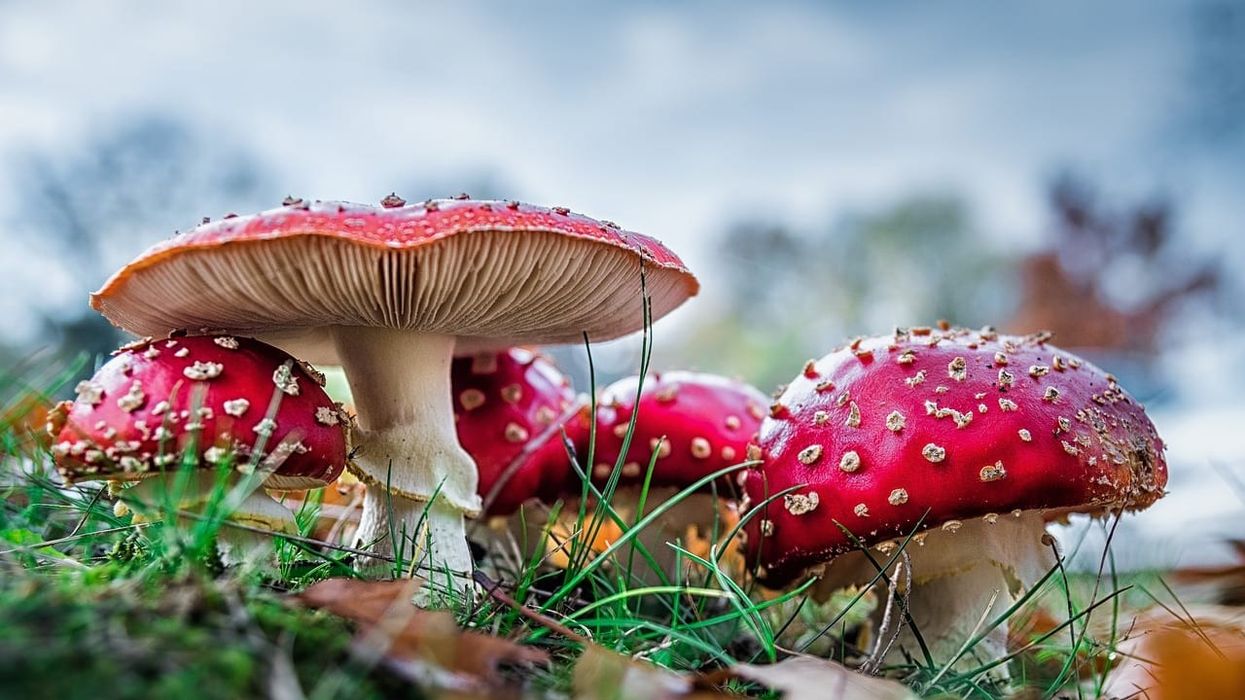

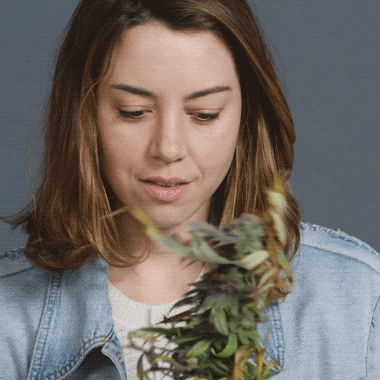
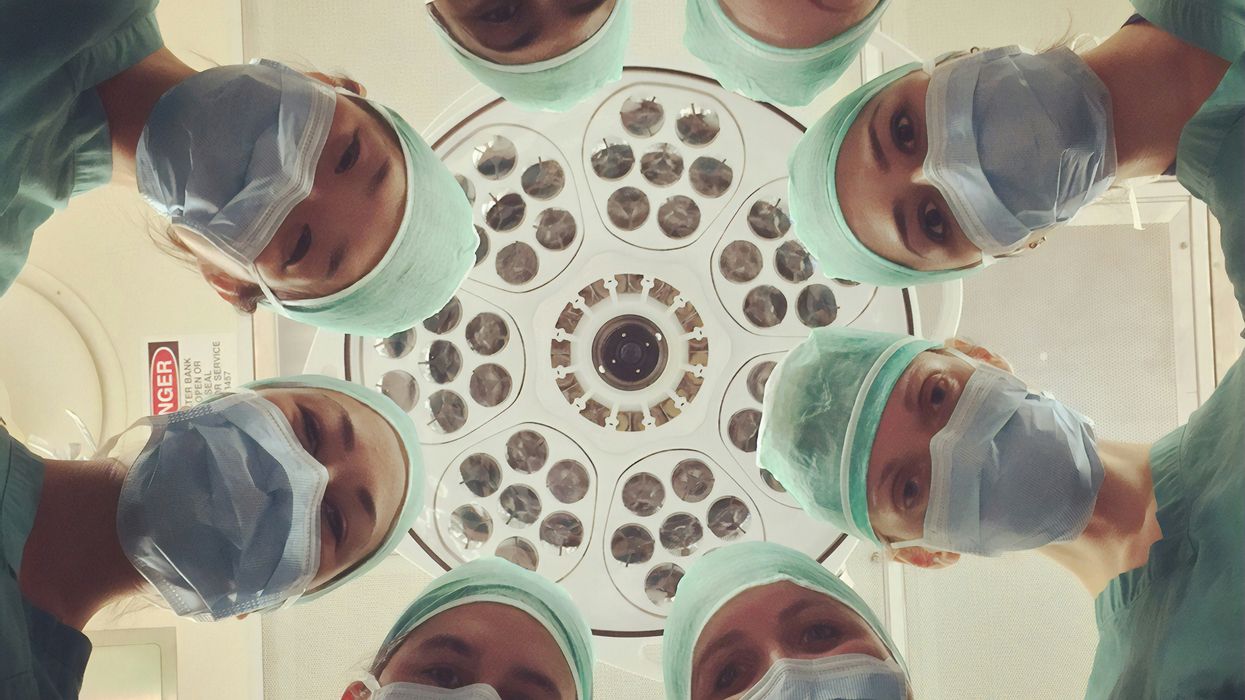
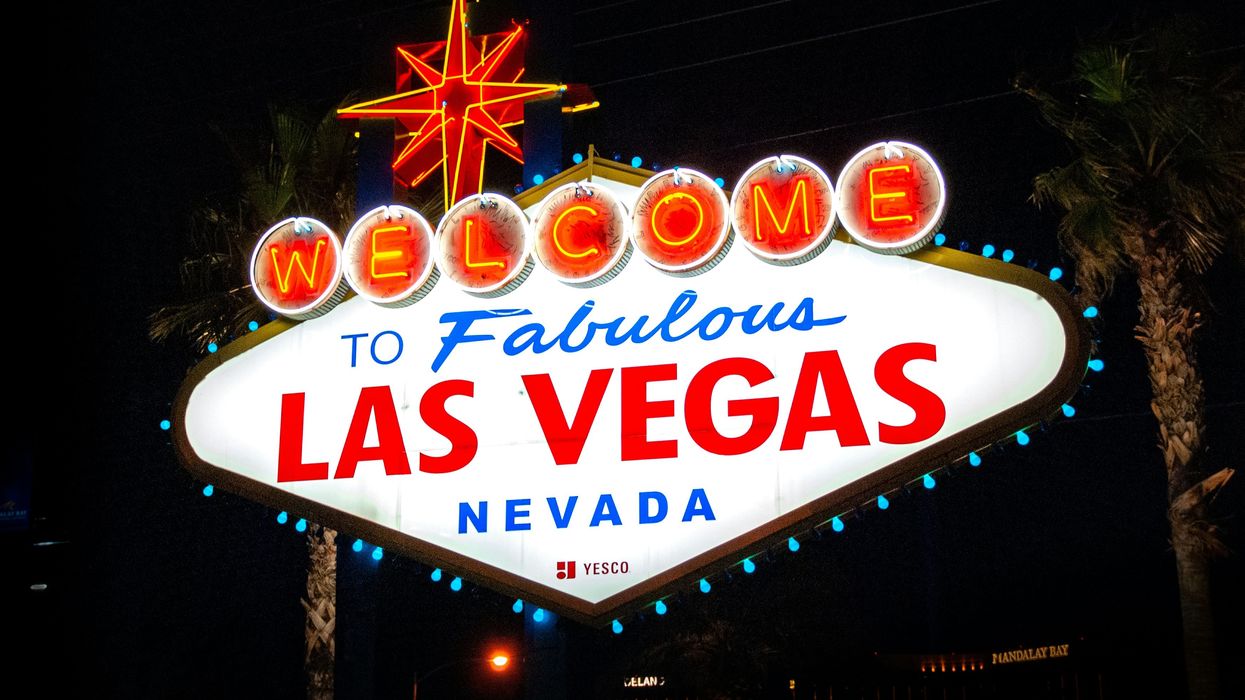
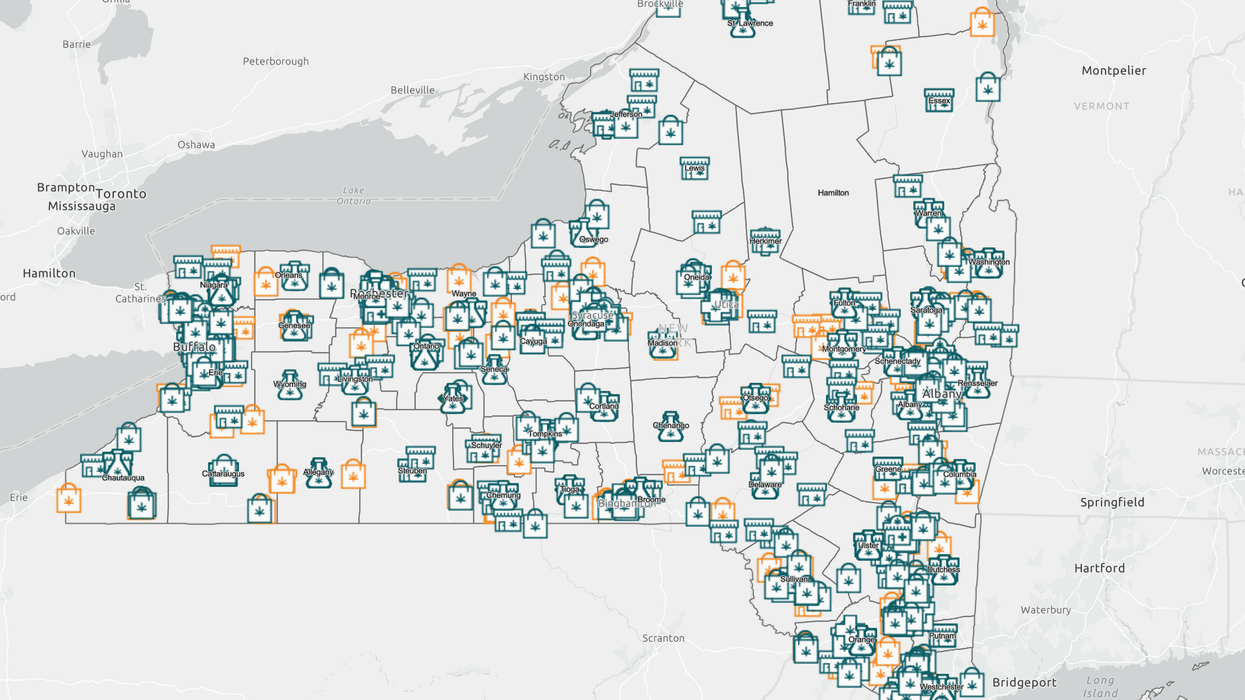
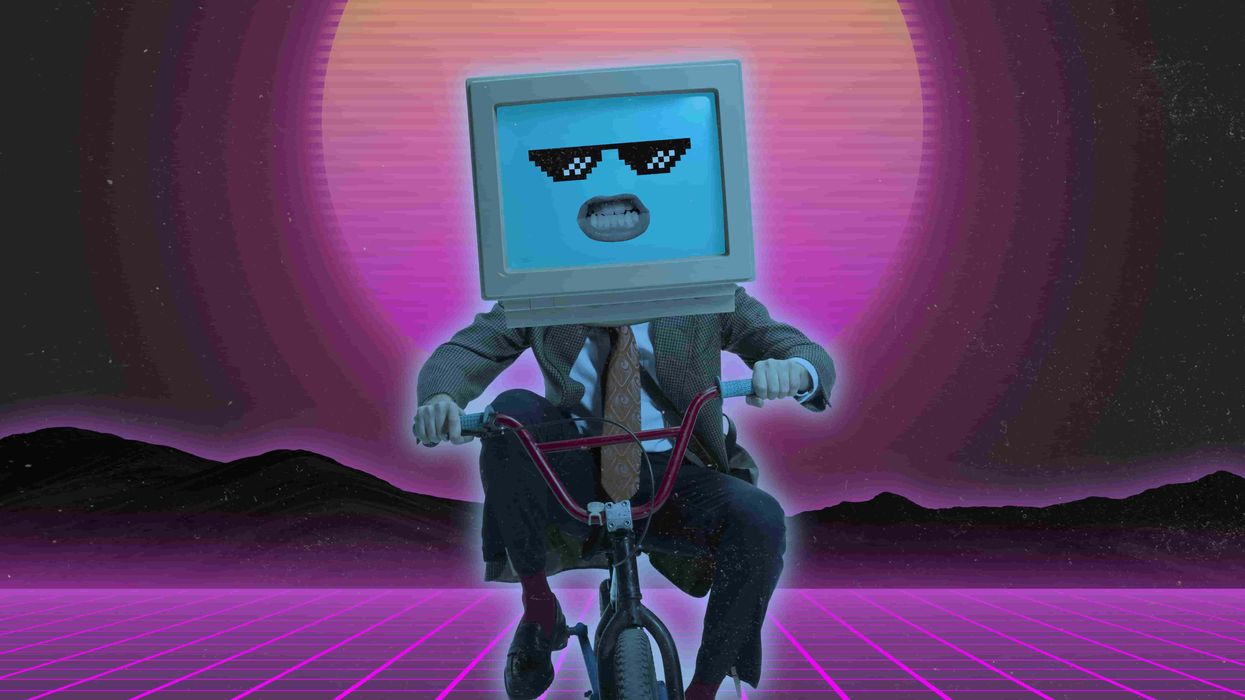
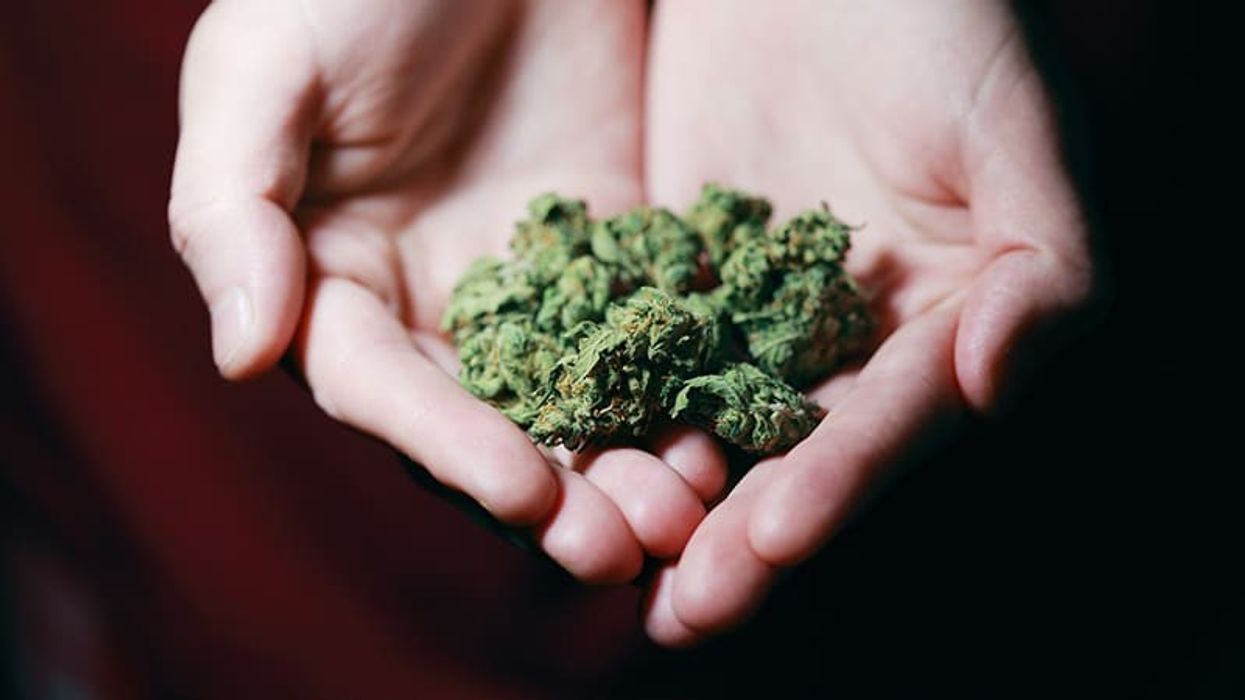
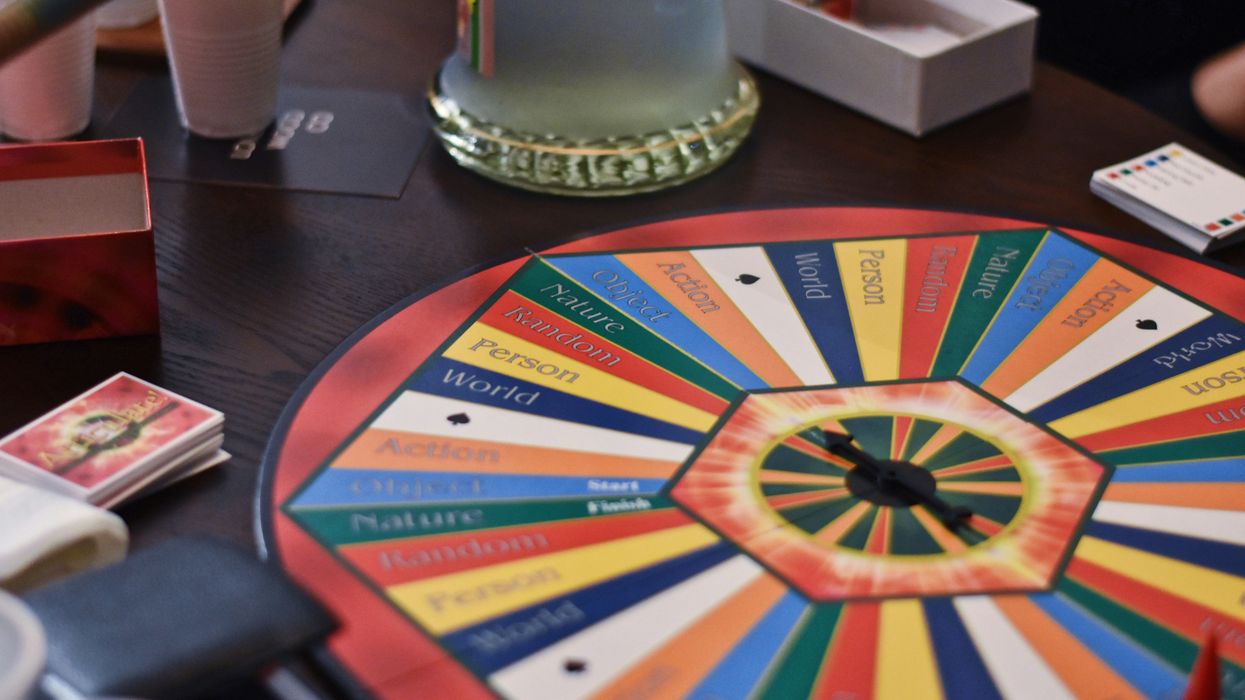
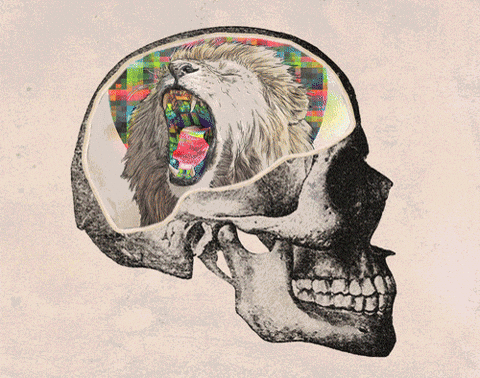
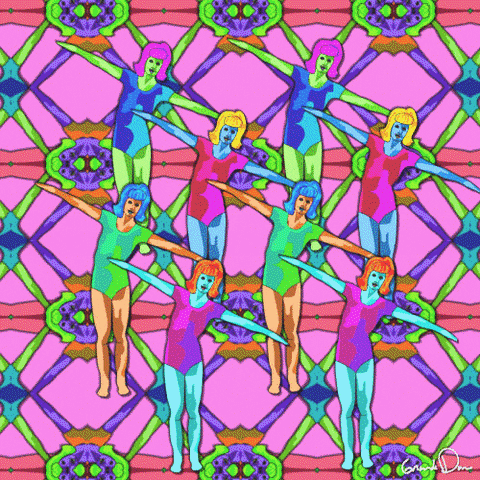
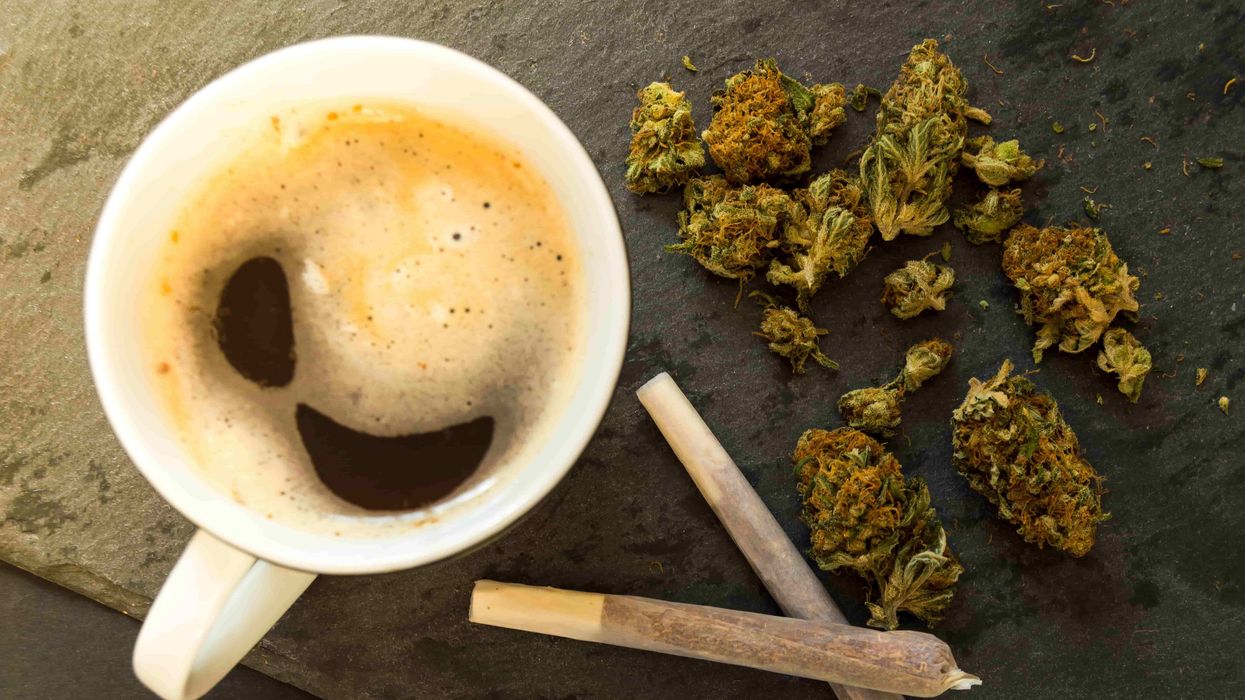
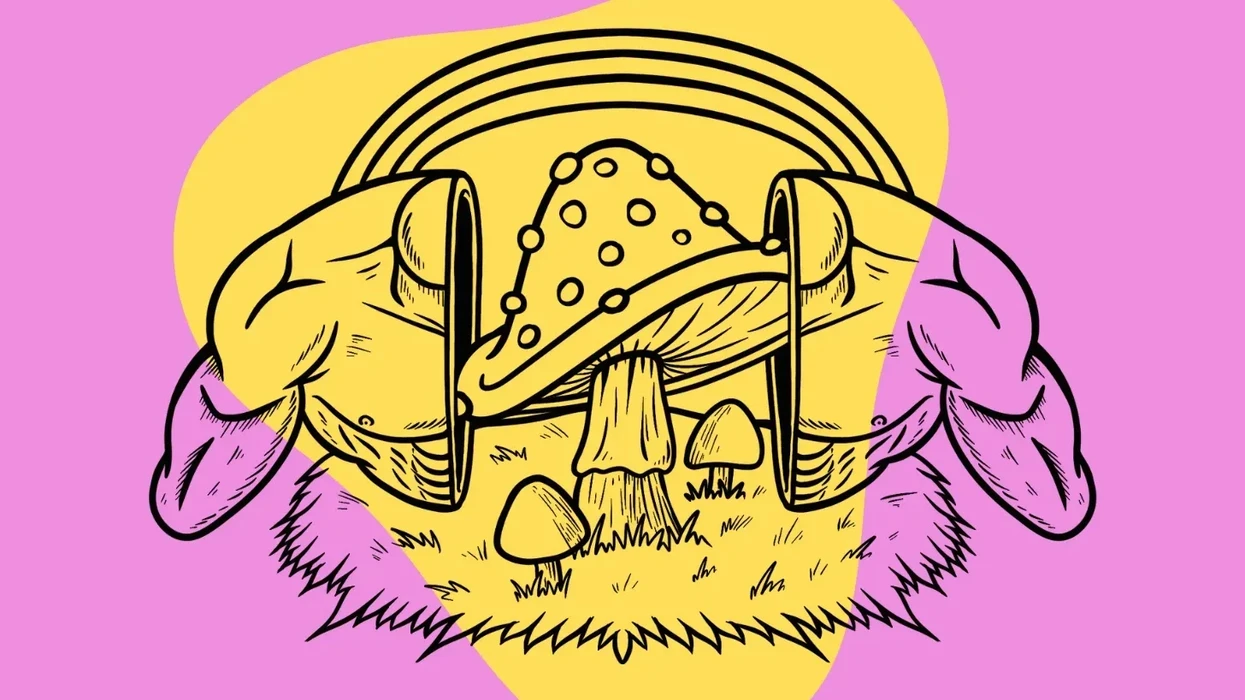
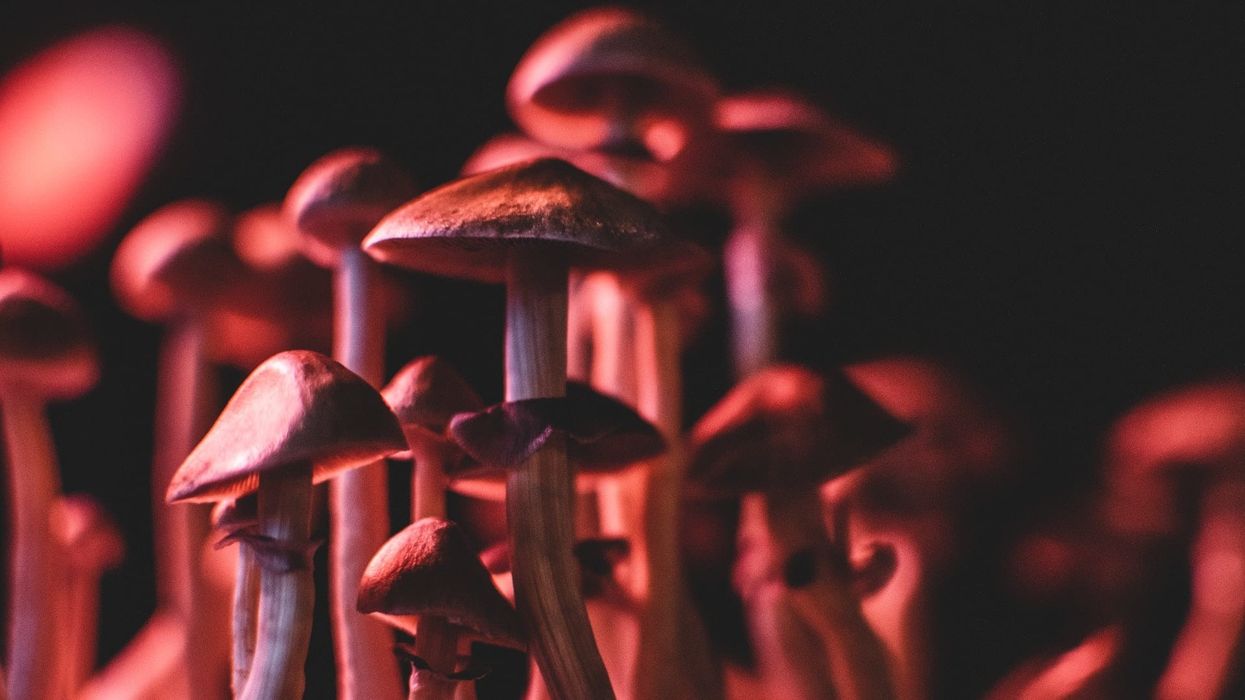
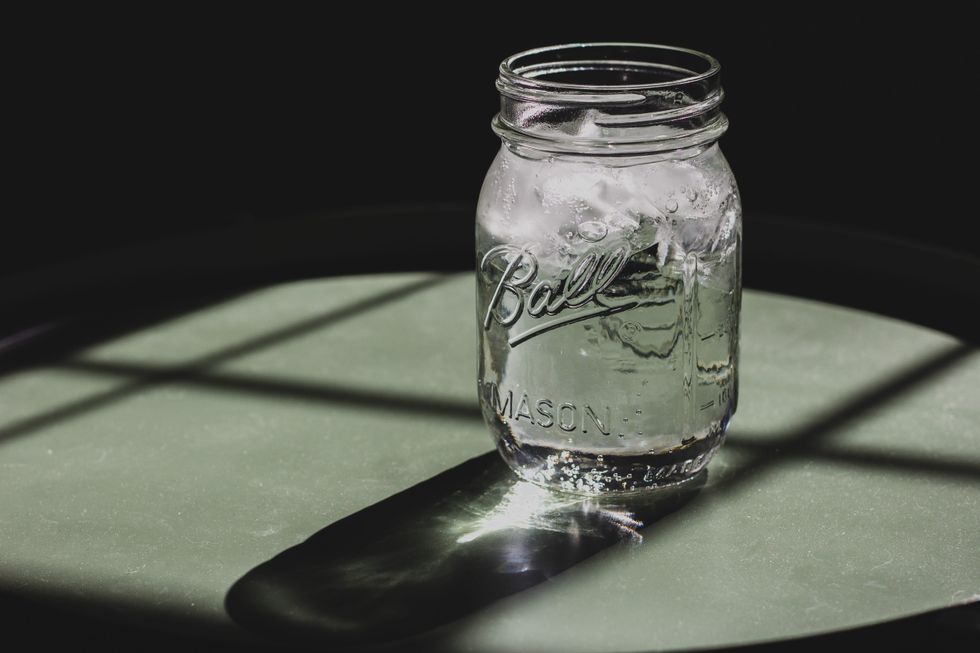 How to Store Magic Mushrooms
How to Store Magic Mushrooms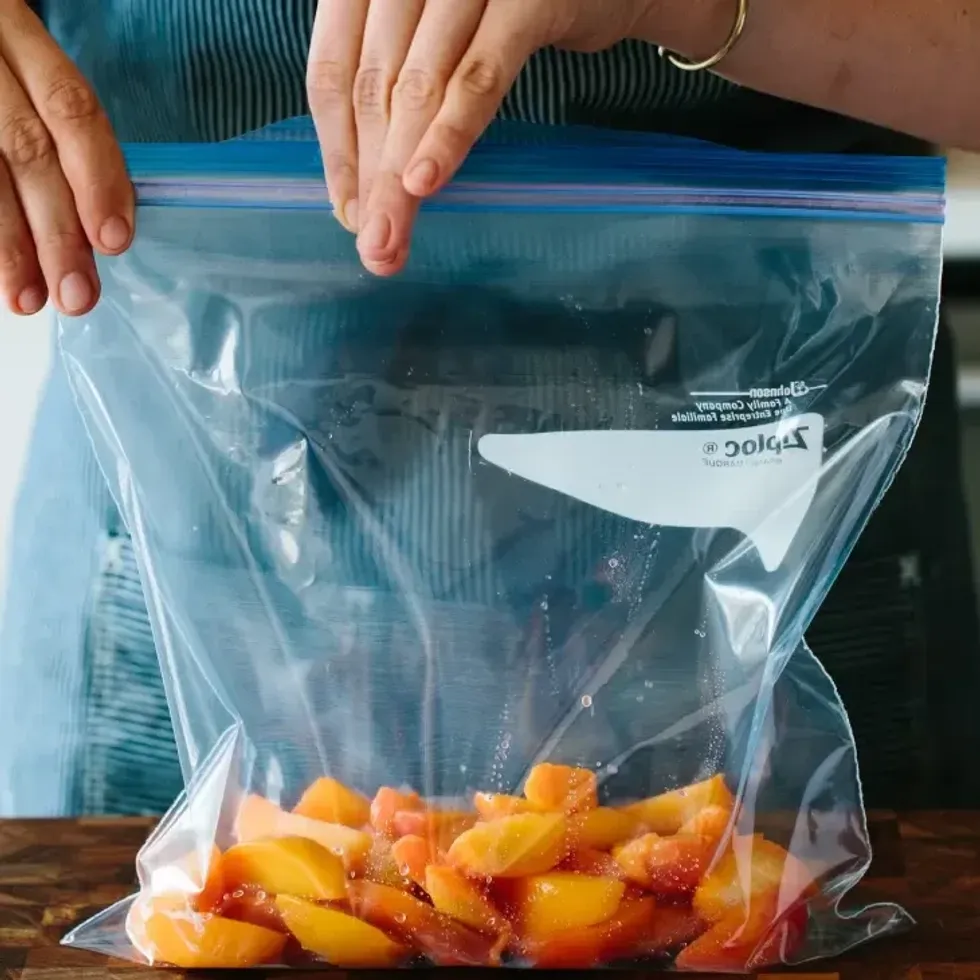 How to Store Magic Mushrooms
How to Store Magic Mushrooms How to Store Magic Mushrooms
How to Store Magic Mushrooms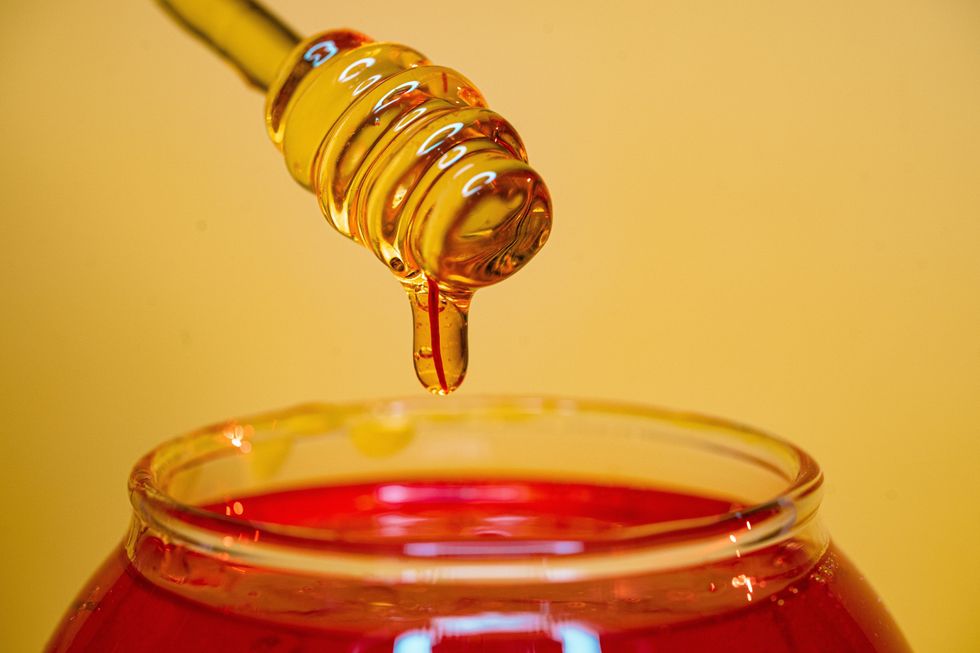 How to Store Magic Mushrooms
How to Store Magic Mushrooms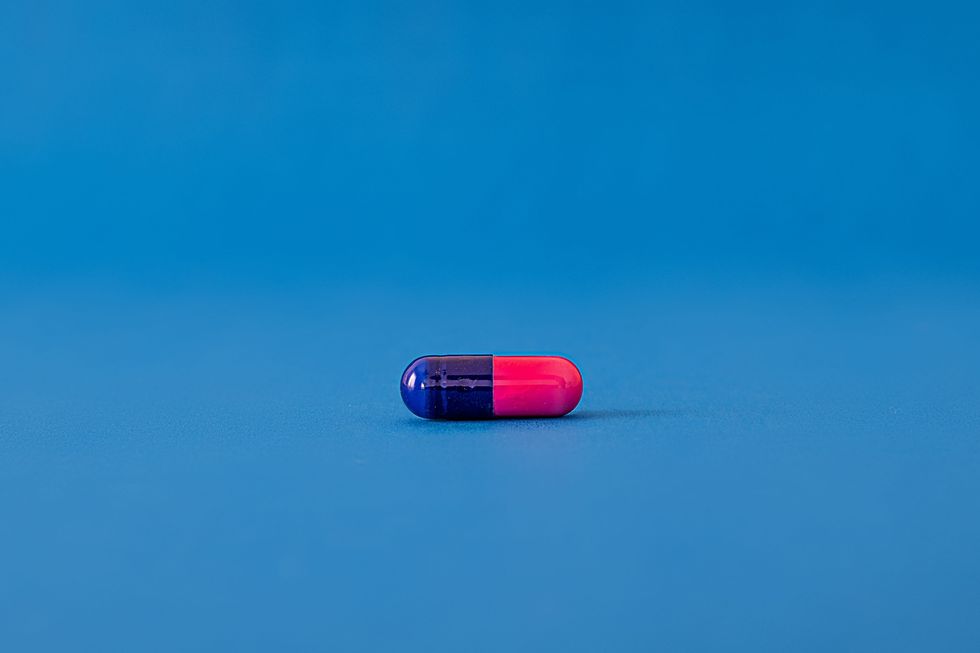 How to Store Magic Mushrooms
How to Store Magic Mushrooms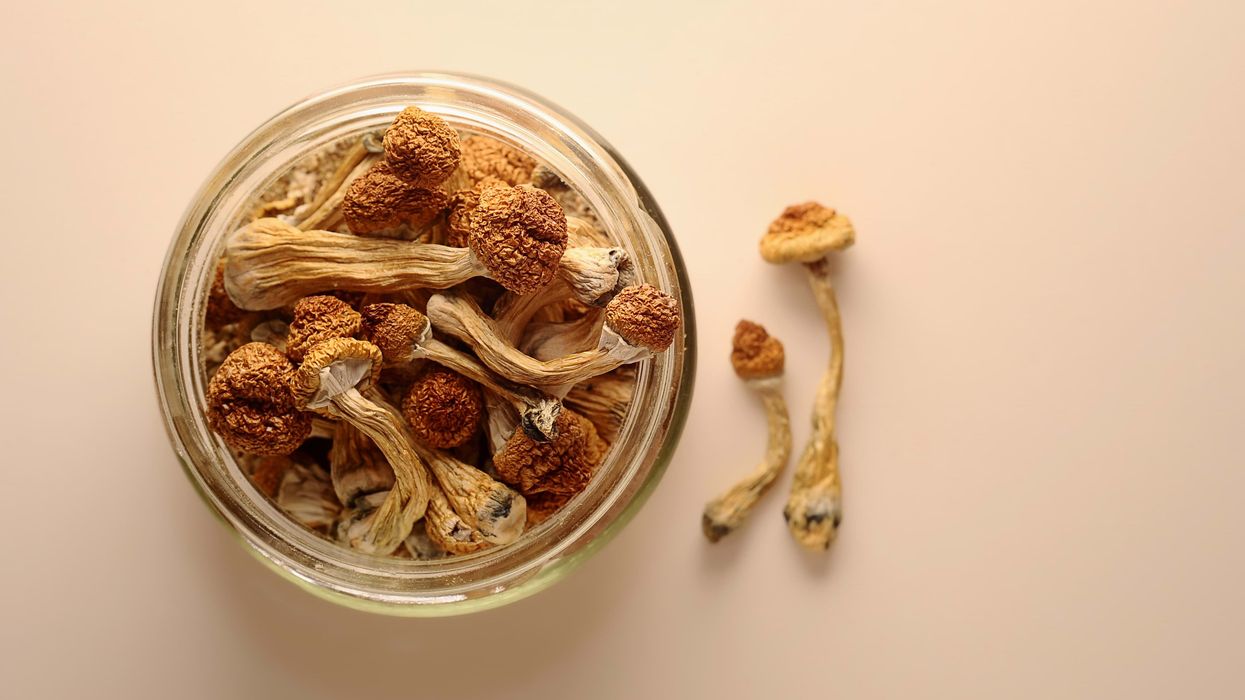
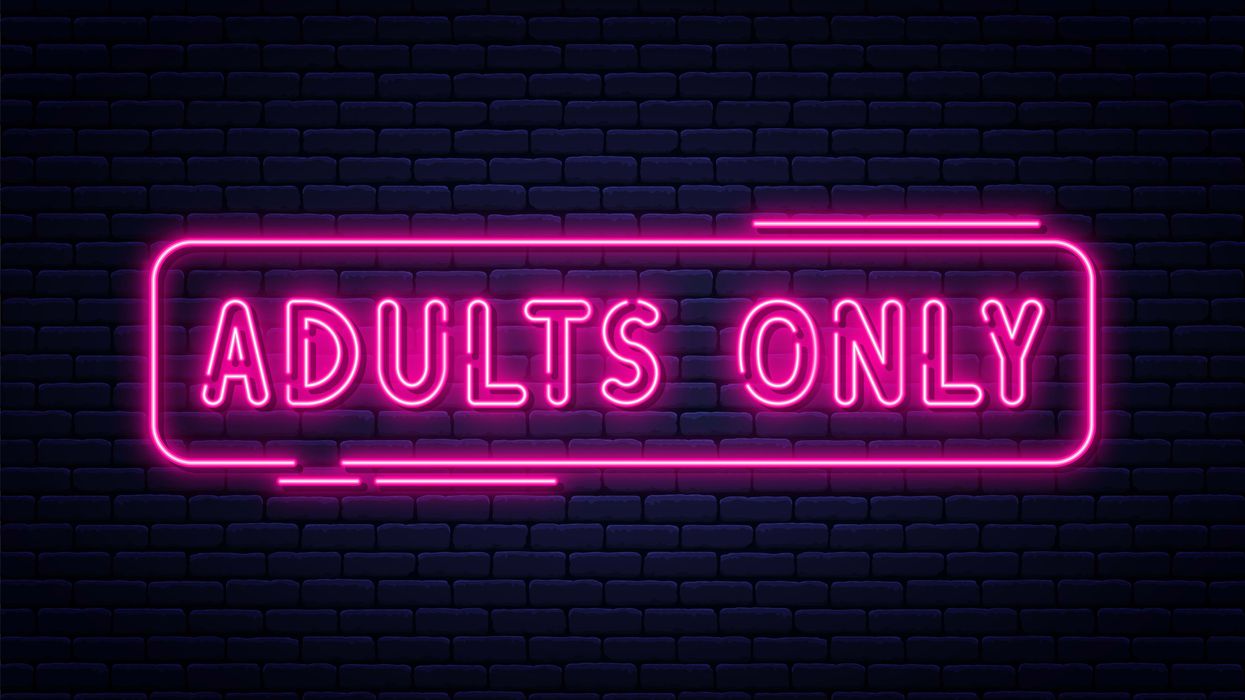
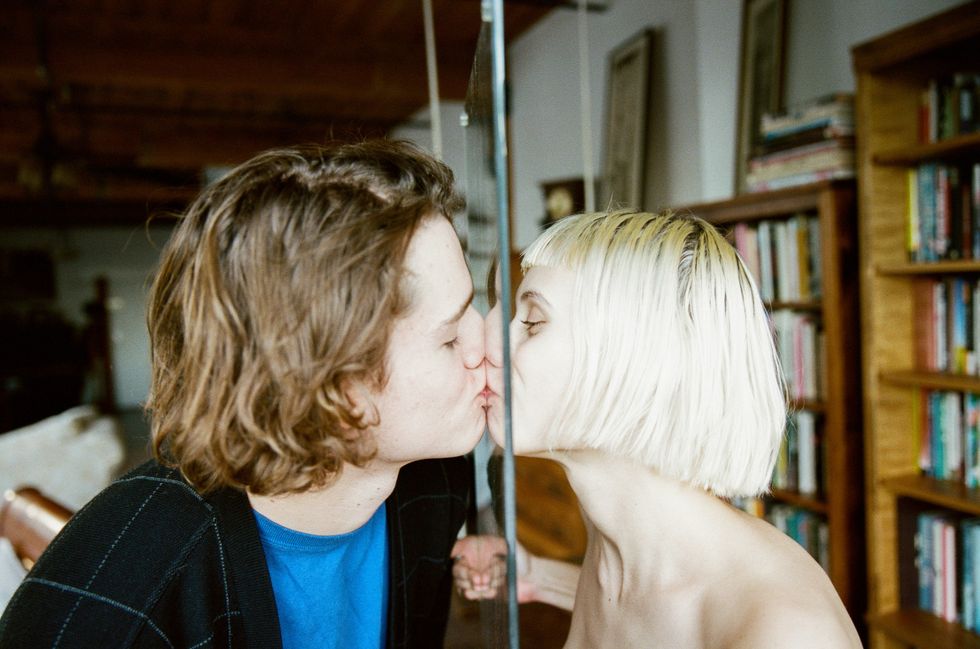


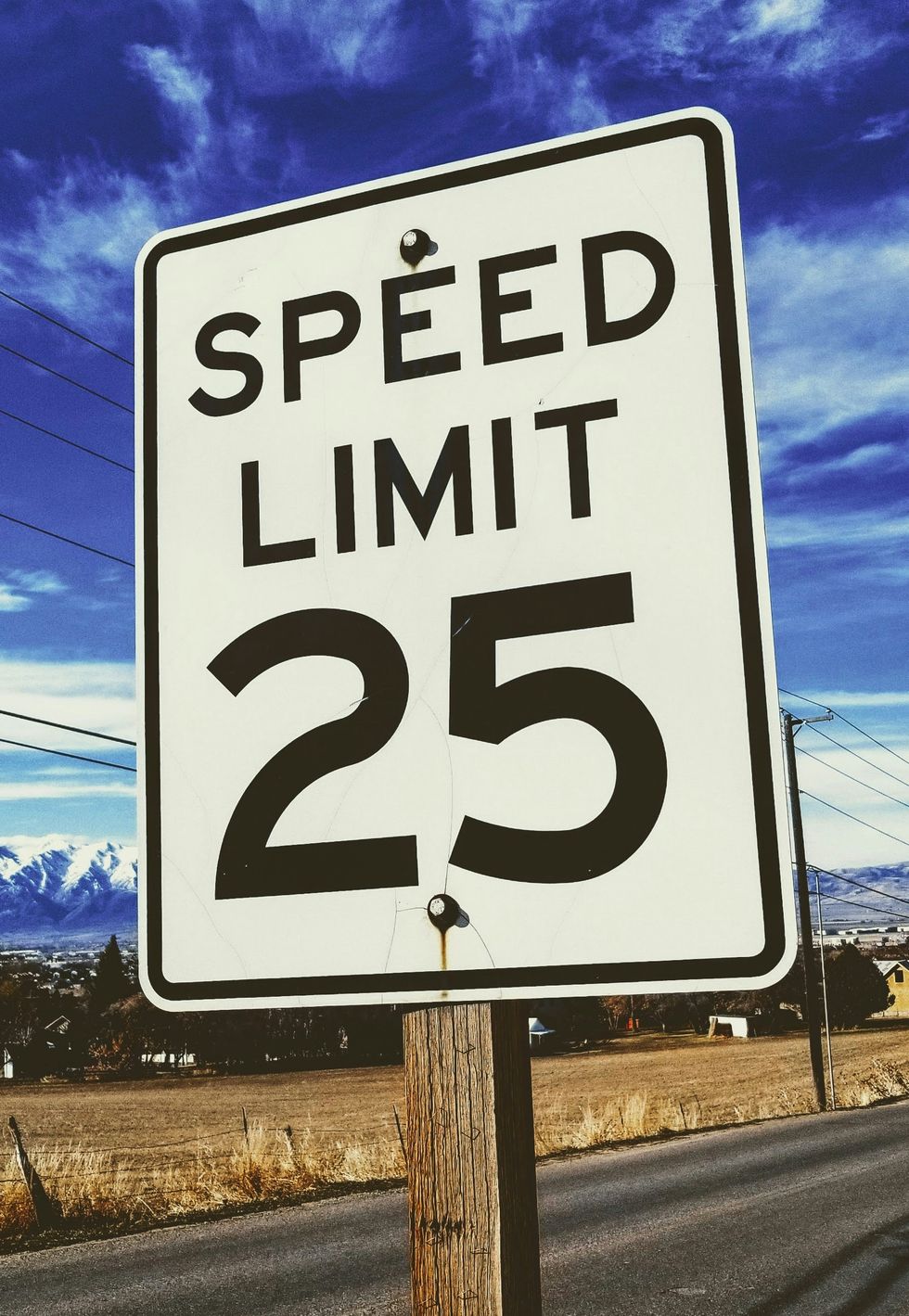
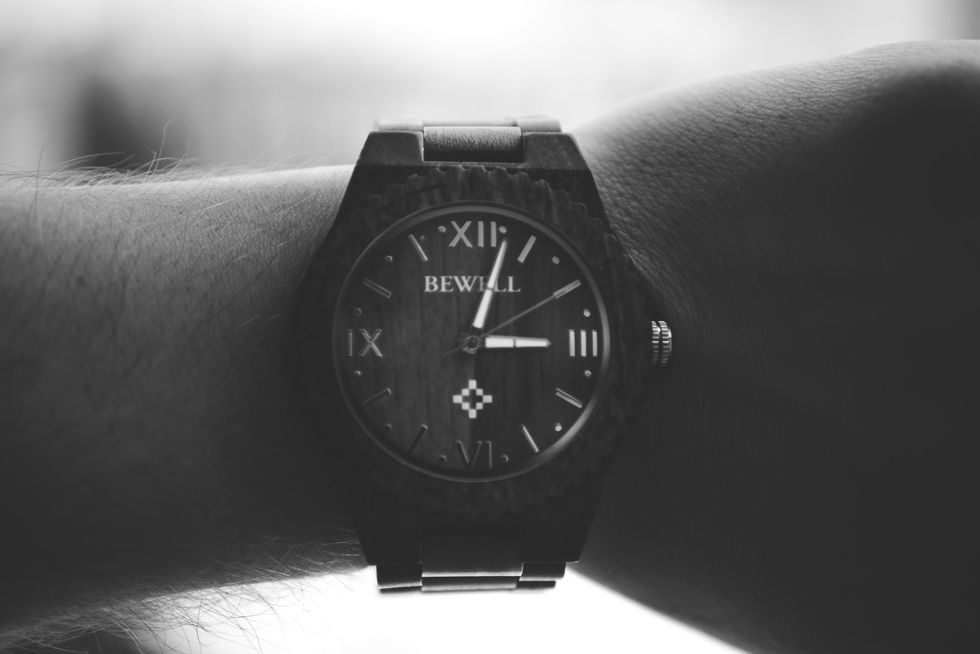

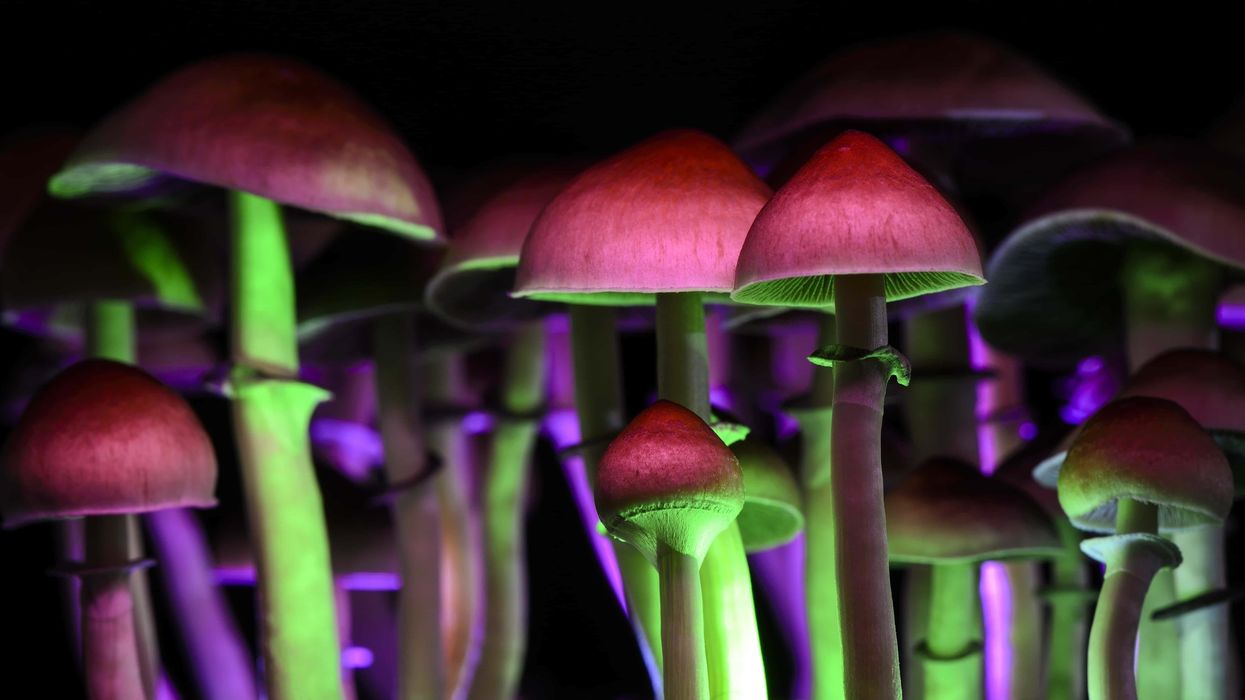
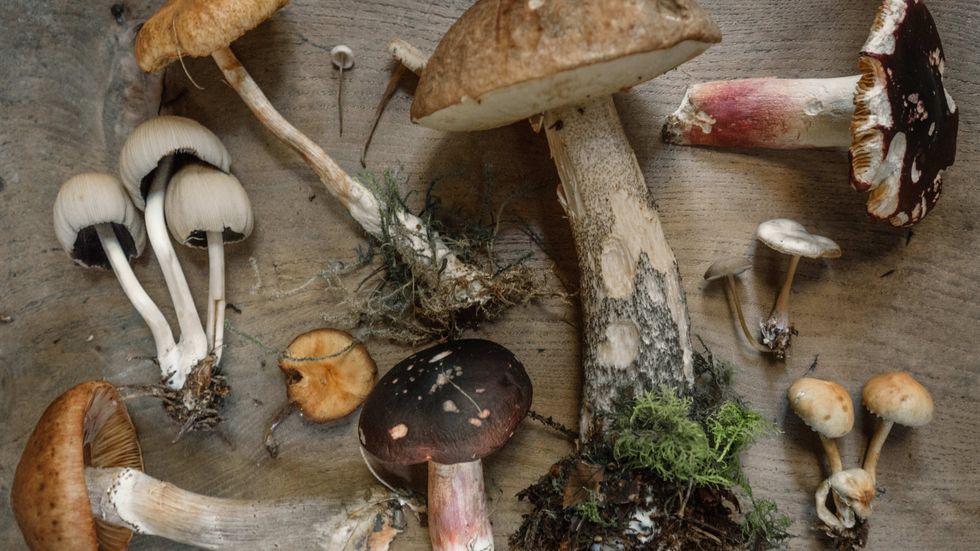 How Long Do Shrooms Last? Magic Mushroom Guide for Beginners - The Bluntness
How Long Do Shrooms Last? Magic Mushroom Guide for Beginners - The Bluntness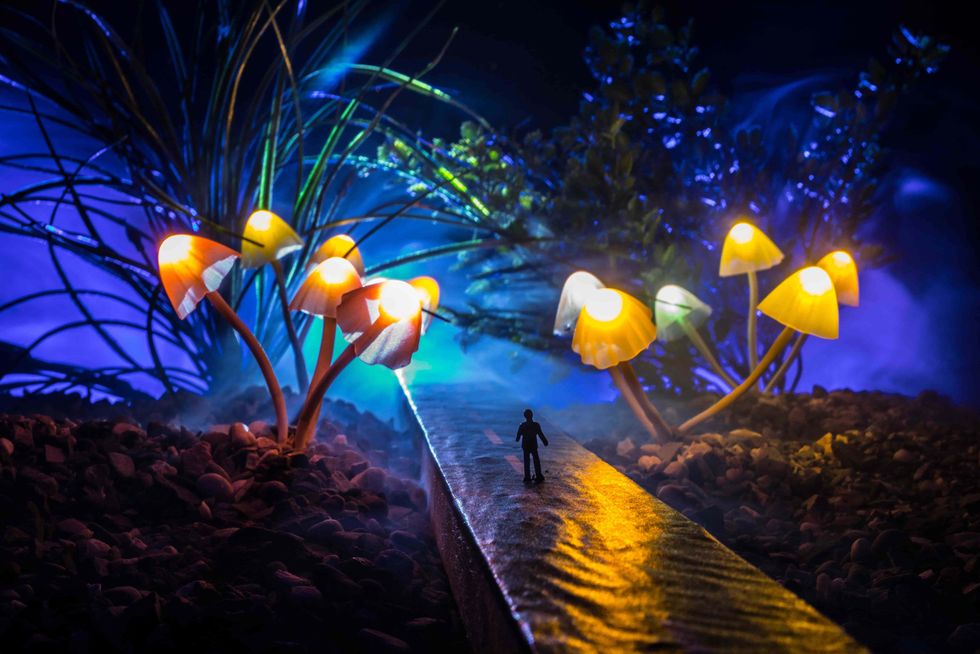 Psilocybin can provide a life-altering experience. -The Bluntness
null
Psilocybin can provide a life-altering experience. -The Bluntness
null
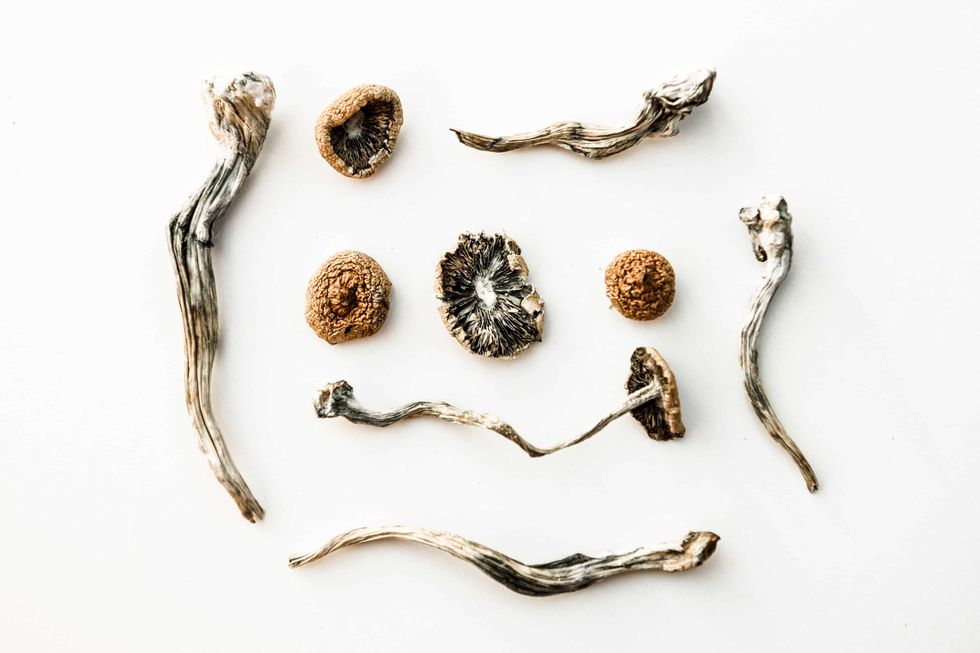 “Don’t diddle the dose. Once you have done your homework, go for it.” -- Terence McKenna
The Bluntness
“Don’t diddle the dose. Once you have done your homework, go for it.” -- Terence McKenna
The Bluntness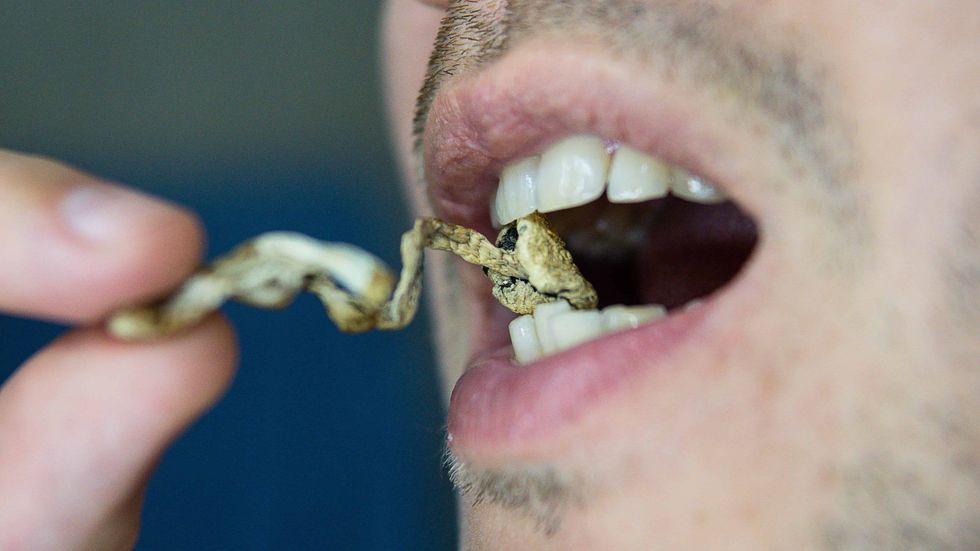 These mushrooms taste gross, but there are ways around that.The Bluntness
These mushrooms taste gross, but there are ways around that.The Bluntness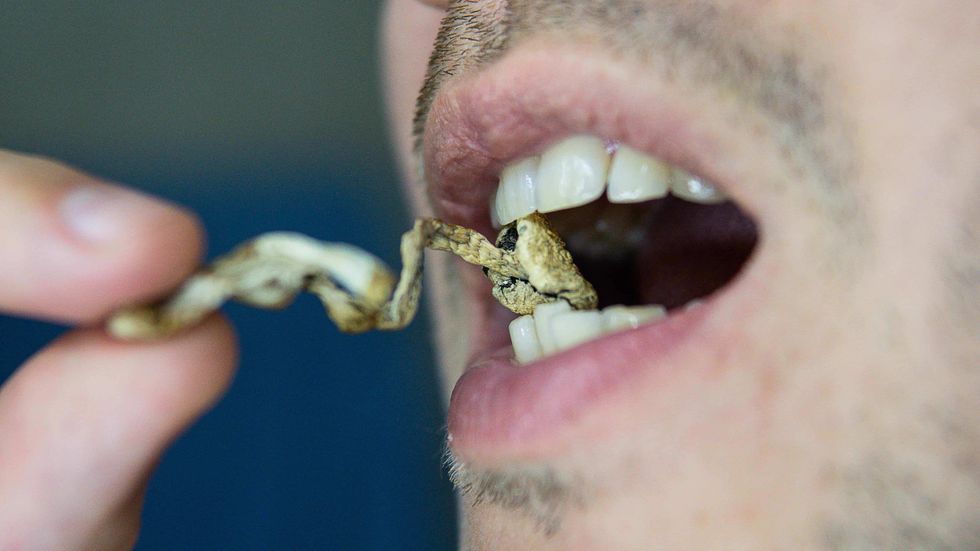 These mushrooms taste gross, but there are ways around that.
These mushrooms taste gross, but there are ways around that.